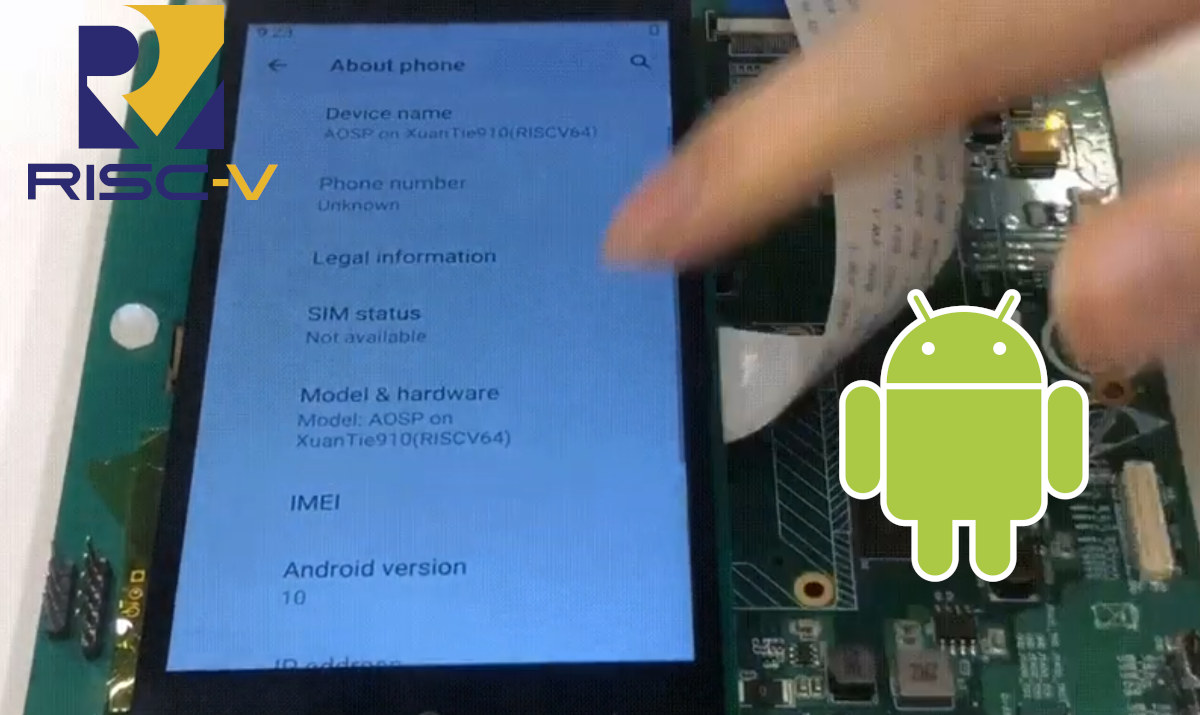RISC-V has made a lot of progress in just a few years, but for anything requiring 3D graphics acceleration, it’s not quite there yet. and we only expect RISC-V SoC with Imagination Technologies GPU to come out later this year on hardware such as BeagleV SBC.
An OS that will definitely require 3D graphics acceleration is Android, and work has already started since T-Head, a business entity of Alibaba Group specializing in semiconductor chips, has already ported Android 10 (AOSP) on RISC-V architecture with support for graphics and the touchscreen display.
The demo above runs on ICE EVB powered by a XuanTie C910 based high-performance SoC board developed by T-Head. Specifically, the ICE SoC integrates two XuanTie C910 cores (RV64) @ 1.2 GHz, one other XuanTie C910V core @ 1.2 GHz with vector extensions, a single-core 3D GPU core [Update: it’s a Vivante GC8000UL GPU], DDR4 memory support, a GMAC (Gigabit Ethernet) interface, as well as 4Kp60 HEVC/AVC/JPEG video decoding. The display resolution appears limited to 1920×1080 however.
You’ll find instructions to build Android on RISC-V by yourself on Github, but since AFAIK the board is not publicly available right now, it’s not possible to try it out unless you work for T-Head… That means Android capable RISC-V SBCs are probably coming this year, likely followed by RISC-V TV box a little later, and potentially RISC-V smartphones in a few years.
There’s similar information on T-Head website, plus an invitation to join the “Open Chip Community” group on DingTalk for people interested in the project.
Via Drew Fustini.

Jean-Luc started CNX Software in 2010 as a part-time endeavor, before quitting his job as a software engineering manager, and starting to write daily news, and reviews full time later in 2011.
Support CNX Software! Donate via cryptocurrencies, become a Patron on Patreon, or purchase goods on Amazon or Aliexpress






